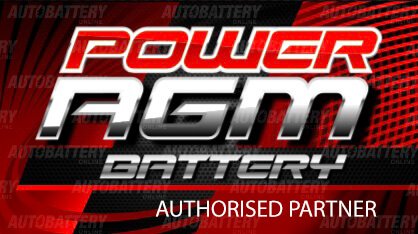Deep Cycle Batteries Under the Bonnet:
Myths, Facts, Pros, Cons, and Types
In the realm of automotive customisation and modification, few topics generate as much debate as the use of deep cycle batteries under the bonnet.
From off-road enthusiasts to DIY mechanics, opinions vary widely on whether this practice is advisable or not.
In this blog post, we’ll delve into the myths, facts, pros, cons, and different types of under bonnet deep cycle batteries used in vehicles.
Myths vs. Facts
Myth:
Deep cycle batteries aren’t suitable for under the bonnet use.
Fact:
While it’s true that deep cycle batteries are primarily designed for cyclic applications like renewable energy systems and marine use, they can indeed be used in vehicles, including under the bonnet. However, it’s crucial to understand the implications and limitations.
Myth:
Deep cycle batteries provide superior performance compared to traditional automotive batteries.
Fact:
Deep cycle batteries excel in delivering steady power over extended periods, making them ideal for applications where a constant power supply is required. However, they may not offer the same cranking power as traditional starting batteries, which are optimised for short bursts of high current.
Pros of Using Under Bonnet Deep Cycle Batteries
Extended Power Supply:
Deep cycle batteries can provide a reliable power source for auxiliary equipment such as winches, lighting systems, and refrigerators, especially in off-road vehicles or campers.
Durability:
Deep cycle batteries are designed to withstand repeated charging and discharging cycles, making them more robust in demanding conditions.
Versatility:
These batteries can serve dual purposes, acting as both a starting battery and a deep cycle power source, depending on the configuration and usage.
Cons of Using Deep Cycle Batteries Under the Bonnet
Limited Cranking Power:
Deep cycle batteries may not deliver the same level of cranking amps as traditional starting batteries, which could pose challenges in cold weather or when starting high-compression engines.
Heat Sensitivity:
Placing deep cycle batteries under the bonnet exposes them to higher temperatures, which can reduce their lifespan and performance over time.
Space Constraints:
Deep cycle batteries tend to be larger and heavier than standard automotive batteries, potentially requiring modifications to fit them securely under the bonnet.
Types of Deep Cycle Batteries
Flooded Lead-Acid Batteries:
These are the most common type of deep cycle batteries, known for their affordability and reliability.
AGM (Absorbent Glass Mat) Batteries:
AGM batteries offer improved durability and are maintenance-free, making them suitable for under-bonnet use. They are also more resistant to vibration and shock, you must ensure that your AGM is rated for under bonnet usage (or you will void any warranty, and run the risk of the battery being damaged by heat).
Gel Batteries:
Gel batteries utilise a gel electrolyte, providing enhanced resistance to deep discharges and vibrations. They are spill-proof and require minimal maintenance but tend to be more expensive than other types.
While using deep cycle batteries under the bonnet is feasible and offers certain advantages, it’s essential to weigh the pros and cons carefully. Factors such as intended usage, space constraints, and climate conditions should influence your decision.
Additionally, proper installation, ventilation, and maintenance are crucial to maximising the performance and lifespan of deep cycle batteries in vehicles.
Why not give us a call at Batteries Sunshine Coast to talk through your deep cycle needs, or visit our battery shop at 1/21 Empire Crescent Chevallum, which is open Monday to Friday from 8:30am – 4:30pm.

